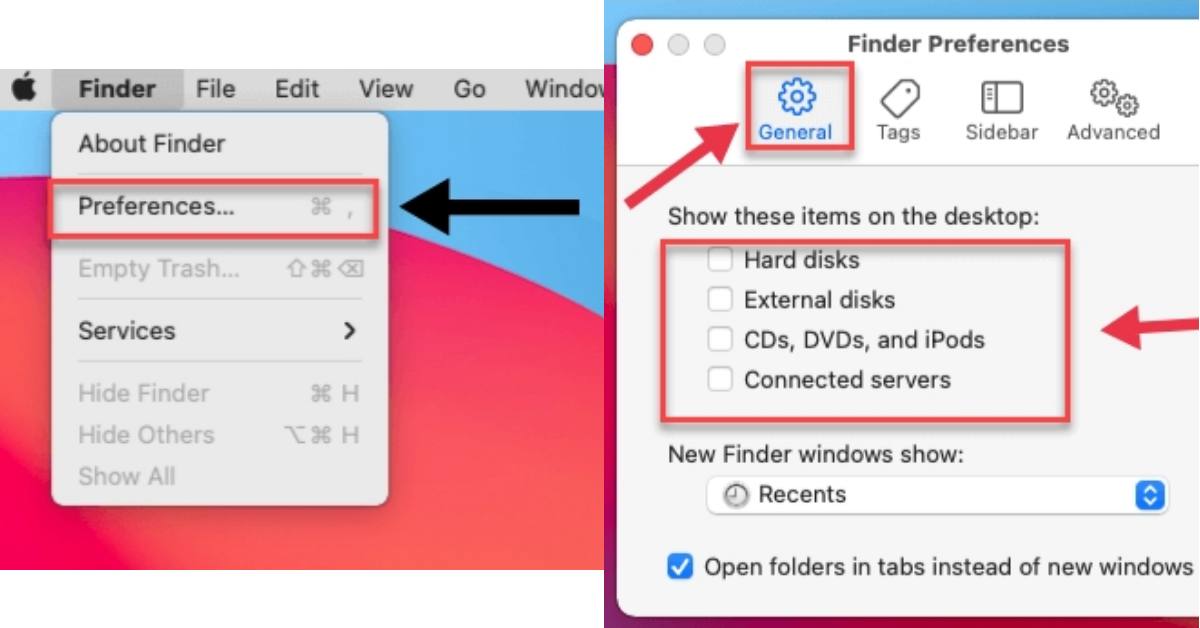

Using the RDP resource sharing, a user can access local data from a remote server. Mount local files and folders into a server file system. Print remote documents to a local printer that is attached to a client computer or shared in the client's local network.Ī system administrator can disable these features to prevent data leakage.
Print remote documents to a local printer. Copy and PasteĮxchange text and images through clipboard.īidirectional synchronization of clipboard content between a client and a server allows a user to copy and paste images and text using application menus or system shortcuts.Ī system administrator can disable this feature to prevent data leakage. Allow remote teams to access centralized corporate resources instead of tracking multiple copies of sensitive corporate documents in various locations. Increase productivity and flexibility of your team.Īllow your employees to access their office desktops and get work done wherever they are. Access Manager allows system administrators to manage remote access permissions, allow or deny IP addresses and monitor active user sessions. Our Access Manager is a great addition to native administrative instruments provided by Apple OS X. Manage access permissions and monitor active sessions. Active Directory, Open Directory, Microsoft RDP Gateway and many other products and technologies can help you to centralize user accounts and improve security. Integrate Mac servers into a corporate infrastructure.Ĭombine multiple technologies to implement an enterprise infrastructure you need. List of supported features may vary depending on RDP Client software.
HIDE MAC DESKTOP ICONS MAC TERMINAL ANDROID
Users can connect to NuoRDS Server using a standard Microsoft RDP Client for Windows, Mac, iOS, Android or any other RDP compliant device or software. Incorporate Microsoft Remote Desktop Protocol. Learn more about data encryption and security. Prevent data leakage through centralization.įile centralization in a Terminal Server environment prevents data leakage and allows a system administrator to monitor user sessions and detect suspicious activities.

It is strongly recommended to use this feature only with OS X Server. Once Terminal is loaded copy and paste the following command in it, and then hit the ‘ Return ‘ key. You can also search for it through Spotlight. Open Terminal on your Mac, which you can find in LaunchPad > Others > Terminal. Prior OSes, you could refresh the views.Allow multiple users to access Mac server concurrently.Īllow multiple users access the same Mac server at the same time, with the ability to monitor active user sessions and manage remote access permissions. Show All Hidden files and folders on the Mac. Since El Capitan you do need to explicitly relaunch the Finder. If oldHiddenVisiblesState is in thenĭo shell script "defaults write AppleShowAllFiles " & newHiddenVisiblesState Set oldHiddenVisiblesState to do shell script "defaults read AppleShowAllFiles" Your new service will be right at the bottom of the list.

Make sure you don't get the on run/end run section twice when pasting.
HIDE MAC DESKTOP ICONS MAC TERMINAL HOW TO
This version has a fuller explanation of precisely how to create the service, so I'll leave it in, with the link. Download Switch Manager and move it to the Applications folder. I just realised I've already posted this before - with instructions on how to persuade the use of Cmd ⌘ H, which otherwise is used for 'Hide frontmost app' Since Sierra this is no longer necessary - see the answer by Olgab


 0 kommentar(er)
0 kommentar(er)
